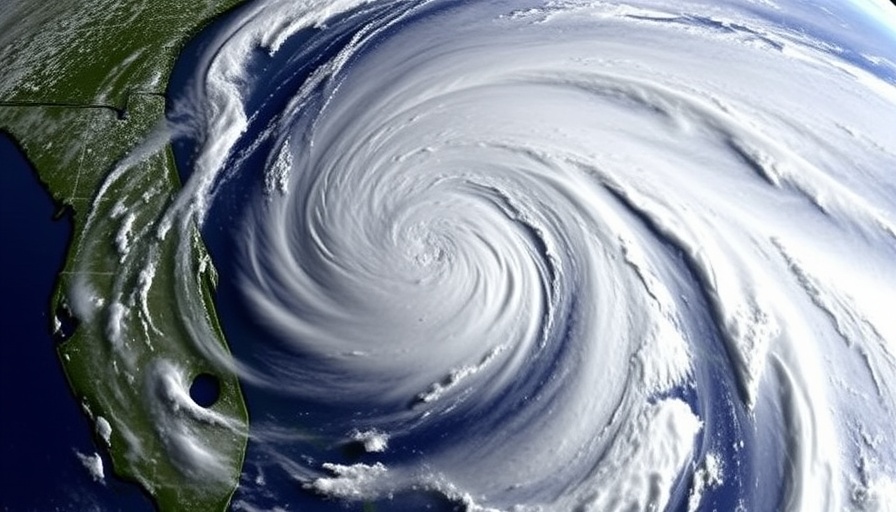
The Heroic Acts of Camp Mystic's Counselors
In the wake of a devastating flood at Camp Mystic in Texas, stories of bravery and quick thinking emerged from the chaos. Teen counselors and rookie Coast Guard rescue swimmer Scott Ruskan played vital roles in saving countless lives, showcasing the power of community and courage in the face of disaster.
The Context of the Tragedy
Camp Mystic, nestled along the Guadalupe River, was a peaceful retreat for young girls until a sudden torrent of water turned it into a site of horror. On that fateful Friday, the floodwaters breached the camp, taking many by surprise and leading to a tragic death toll of at least 27. The situation escalated rapidly, forcing campers and counselors to scramble for safety without time to collect their belongings. The camp's remote location compounded the crisis, as rescue efforts were hindered by adverse weather conditions.
The Role of Young Heroes
Despite their youth, the camp counselors, many just a few years older than the campers, exhibited extraordinary heroism. Teenagers like Silvana Garza Valdez and María Paula Zárate took immediate action. They organized the girls, prepared emergency bags, and even began writing names on skin with markers for identification purposes, all while keeping their charges calm amid the panic.
A Rookie Rescue Swimmer’s First Mission
Coast Guard petty officer Scott Ruskan faced his first rescue mission under harrowing conditions but rose to the challenge. He described the scene upon his arrival as a chaotic mix of mud, panic, and fear. Ruskan, having joined the Coast Guard only a few years prior, was pivotal in the evacuation efforts. He prioritized rescuing those in the most critical condition, embodying the spirit of a seasoned rescuer despite his inexperience.
The Community Response and Support
The community’s response to the tragedy exemplifies humanity at its finest. Local authorities and volunteers quickly mobilized to support the survivors and grieving families. Relief efforts began immediately, offering food, shelter, and counseling for those affected by the psychological toll of the disaster.
Lessons Learned for Future Preparedness
This catastrophe highlights essential lessons about disaster preparedness in communal settings. Camps, schools, and rural retreats must prioritize safety protocols in response to unpredictable weather patterns. Regular training for staff in emergency response could dramatically increase the chances of saving lives in critical situations.
Final Thoughts on Strength and Resilience
The harrowing events at Camp Mystic remind us of the incredible strength and resilience that can emerge from humanity. The young heroes and the quick-thinking rescuer not only saved lives but also inspired hope. As stories of their bravery spread, it's essential to showcase their deeds to inspire others and foster a stronger culture of safety and preparedness.
If you're in need of assistance or ways to contribute to local disaster relief efforts, consider reaching out to local charities and organizations. Your support can make an immense difference in rebuilding lives and communities.
 Add Row
Add Row  Add
Add 





Write A Comment